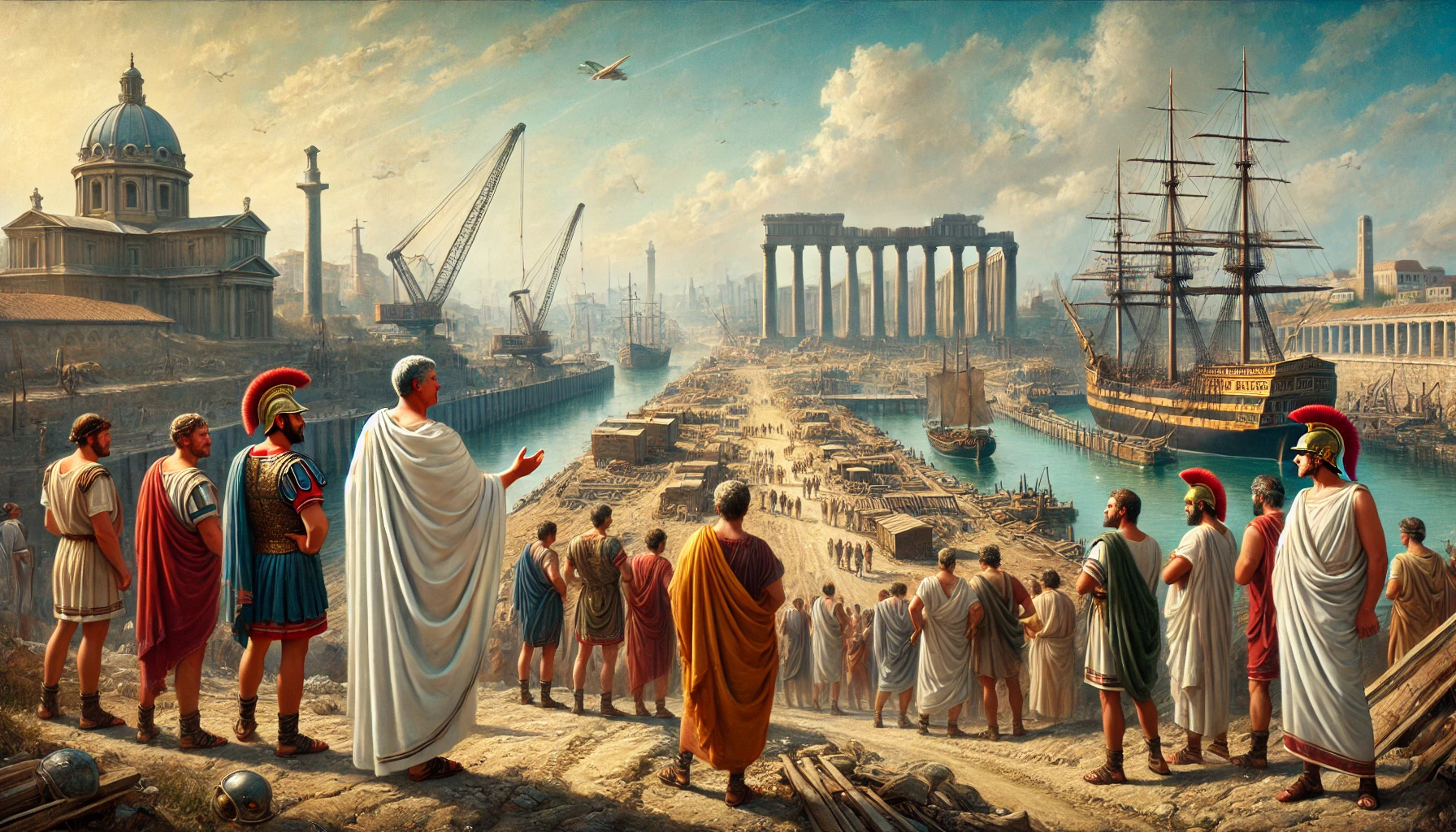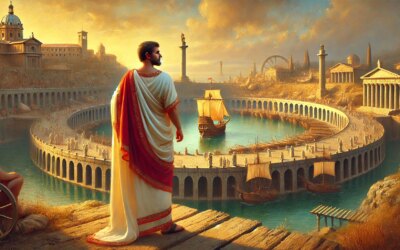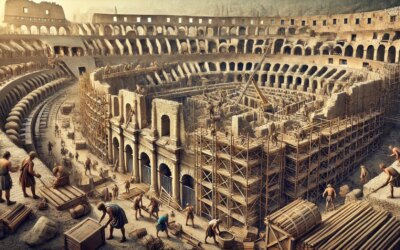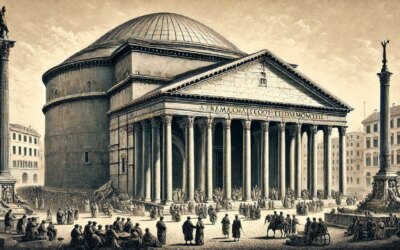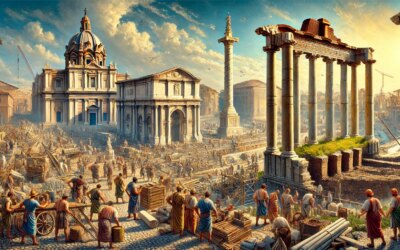Introduction: Rome’s Need for a New Harbor
In 42 AD, facing mounting logistical challenges and population pressures, Rome embarked on one of its most ambitious infrastructure projects: the construction of Portus. Spearheaded by Marcus Vipsanius Agrippa, the trusted lieutenant and son-in-law of Augustus, the new harbor aimed to solve the limitations of Ostia and secure Rome’s grain and goods supply. It was a turning point in Roman maritime strategy, blending engineering genius with imperial ambition.
Agrippa: Admiral, Architect, Administrator
Agrippa was more than a general—he was the mastermind behind many of Augustus’s urban and military reforms. Following his success with aqueducts, baths, and roads, he turned to Rome’s maritime vulnerability. The city, fed and fueled by goods from across the Mediterranean, depended heavily on imports. Yet the Tiber’s mouth at Ostia was often too shallow and treacherous for large ships. A new harbor was essential.
Site Selection and Strategic Vision
The chosen site lay just north of Ostia, where the coastline offered space for expansive construction. Agrippa’s plan involved digging a vast artificial basin inland, connected to the sea by canals. The location allowed for deeper anchorage and better protection from storms, addressing the persistent delays and losses suffered at Ostia. The decision wasn’t merely logistical—it was geopolitical, reinforcing Rome’s control over Mediterranean commerce.
Engineering Feats and Innovations
The initial basin at Portus was hexagonal—a shape that maximized docking space and wave dissipation. Agrippa employed Roman cranes, hydraulic cement, and concrete caissons to build durable piers and breakwaters. Massive warehouses (horrea) were constructed, and a lighthouse marked the harbor entrance. The canal to the Tiber ensured direct access to Rome. This integration of land and sea infrastructure revolutionized urban provisioning.
The Economic and Social Impact
Portus dramatically increased Rome’s capacity to import grain, oil, wine, and luxuries from across the empire. The harbor became a hub for merchants, sailors, and officials. It reduced food shortages, stabilized prices, and reinforced Augustus’s image as provider for the people. The economic boost also facilitated construction projects and urban expansion within the capital.
Expansion Under Claudius and Trajan
While Agrippa laid the groundwork, the harbor was further developed under Emperor Claudius, who added a massive outer basin and extended the lighthouse. Later, Trajan added the famous hexagonal basin and a second canal, completing the complex. By the 2nd century AD, Portus was among the most advanced maritime facilities in the ancient world, capable of handling hundreds of ships at once.
Legacy of Portus
Portus remained active well into the Late Roman Empire and the early Middle Ages. Its ruins, partially excavated near modern Fiumicino, still reveal the scale and sophistication of Roman engineering. The harbor became a model for later ports in Byzantium and medieval Europe. It stands as a testament to how infrastructure could be wielded as a tool of governance, diplomacy, and survival.
Conclusion: The Sea Gate of Empire
In 42 AD, Marcus Agrippa transformed a stretch of Roman coastline into the empire’s lifeline. Portus was more than a harbor—it was a symbol of foresight, stability, and imperial order. As ships from Egypt, Gaul, Africa, and the Levant docked at its piers, Rome was no longer merely a city of marble—it was a city of the sea. Agrippa’s vision helped feed an empire and fortified the Eternal City’s place at the center of the ancient world.

